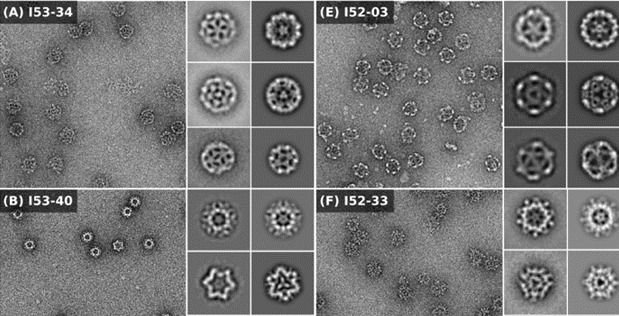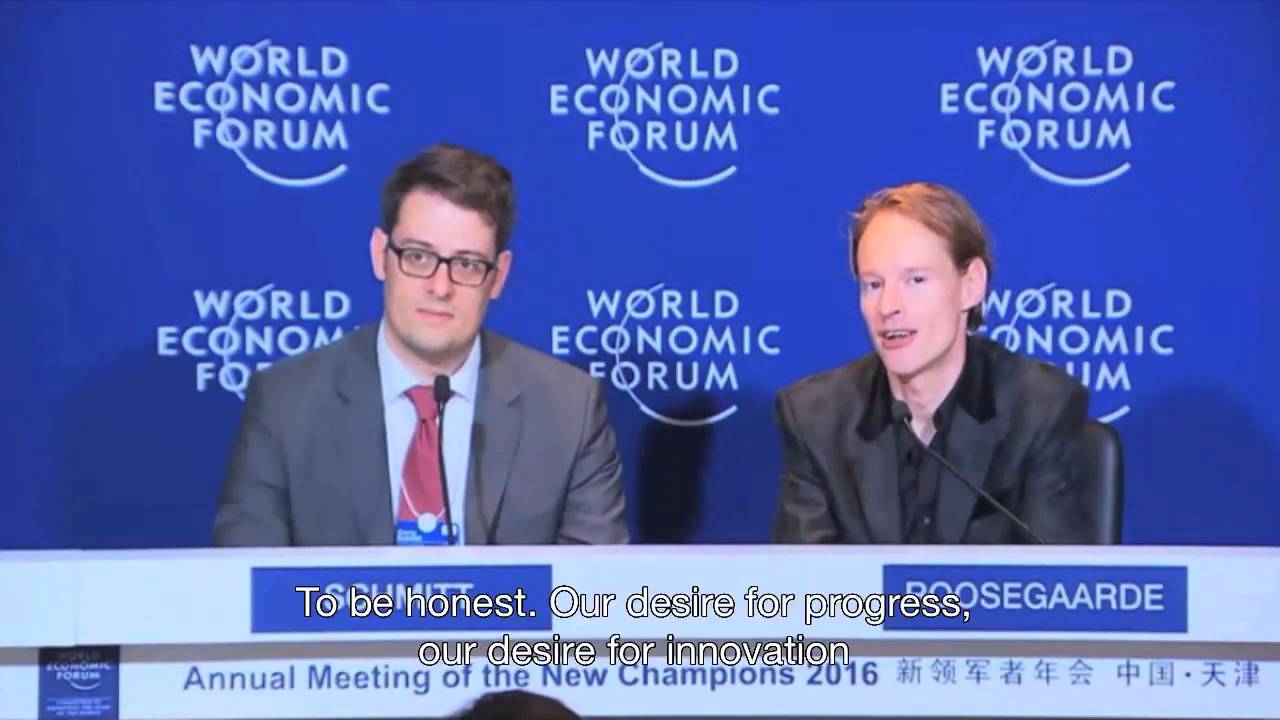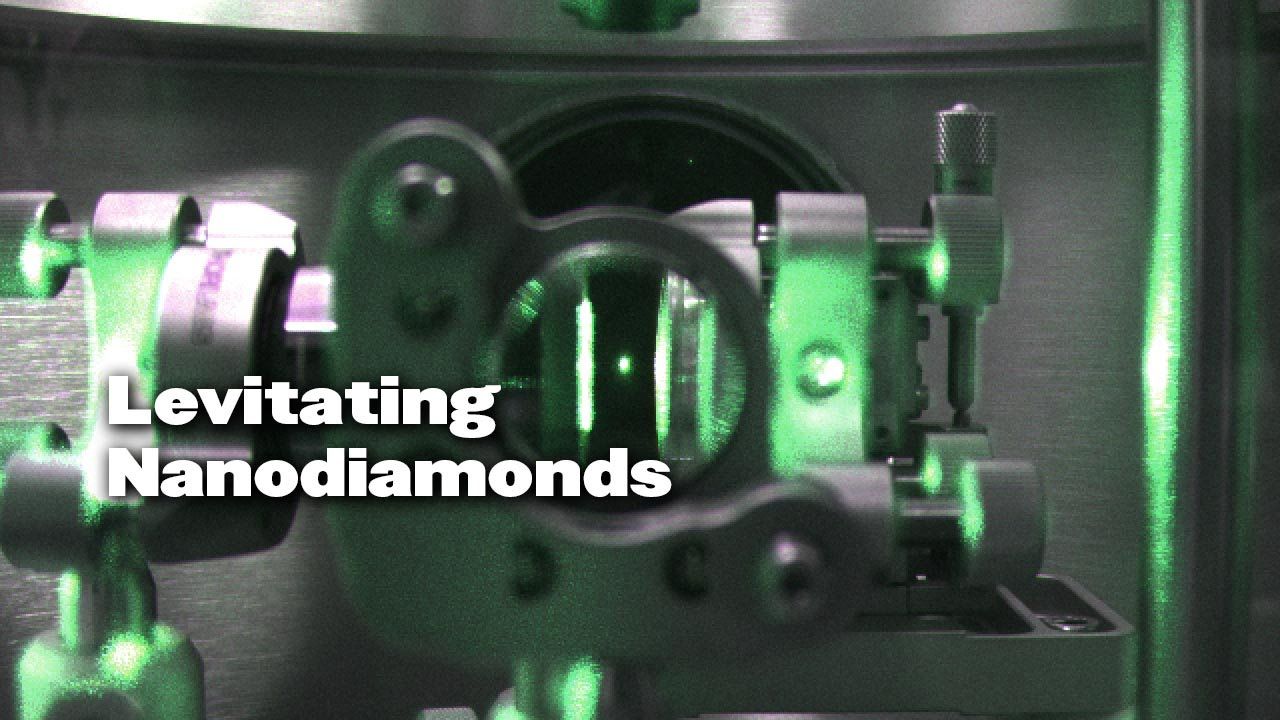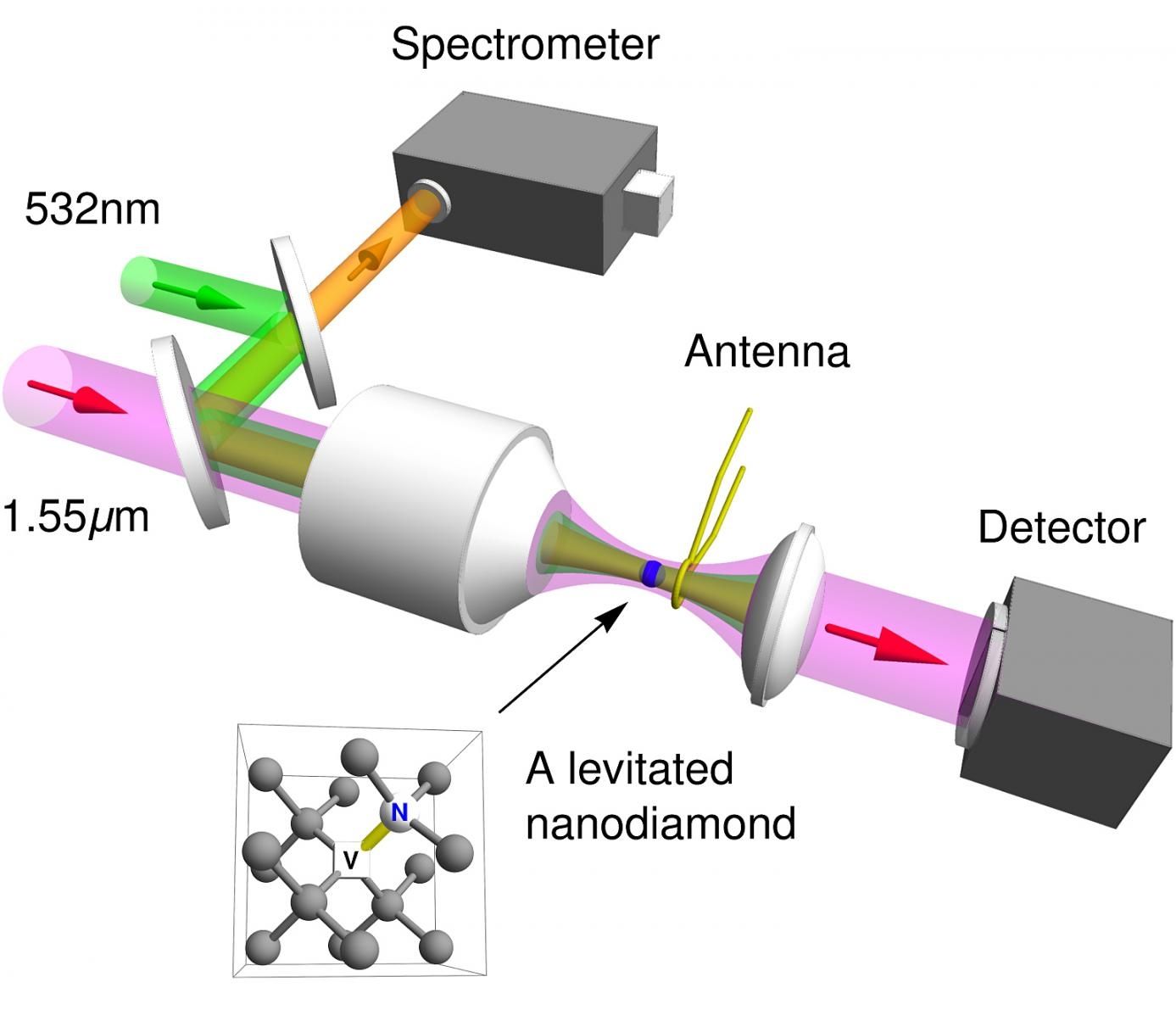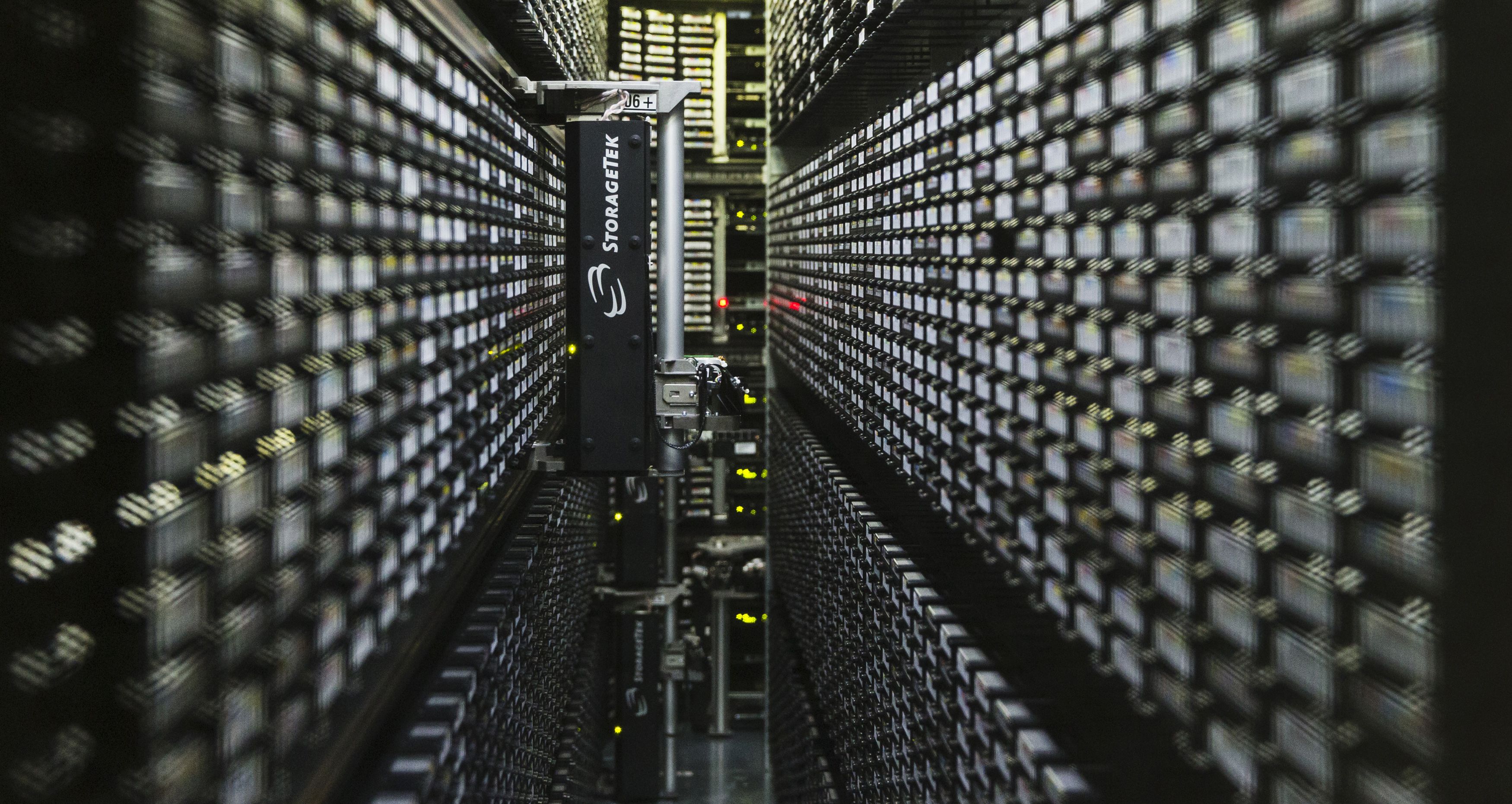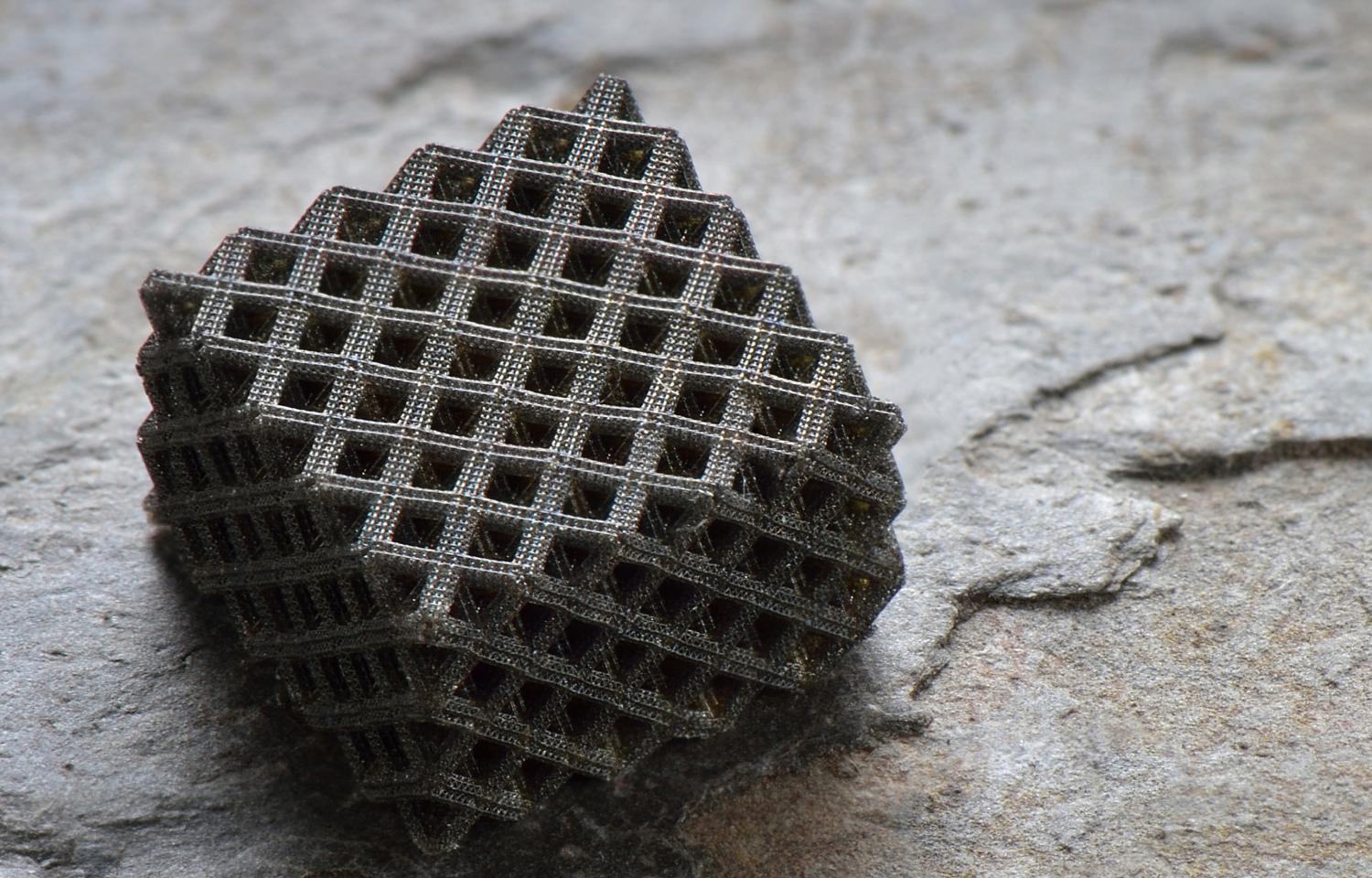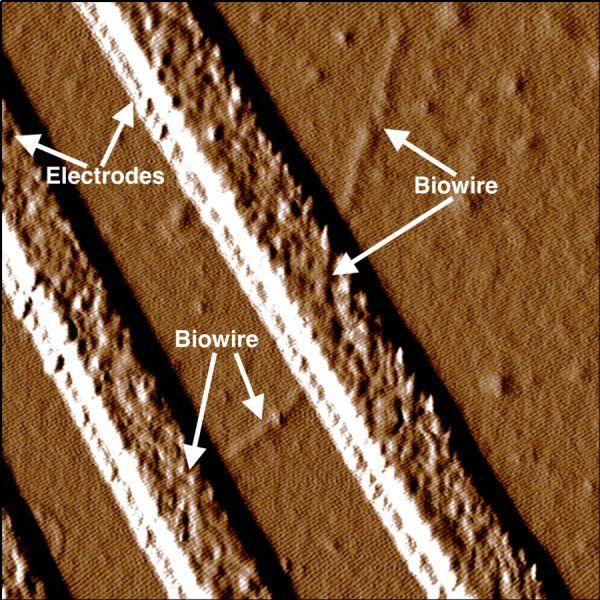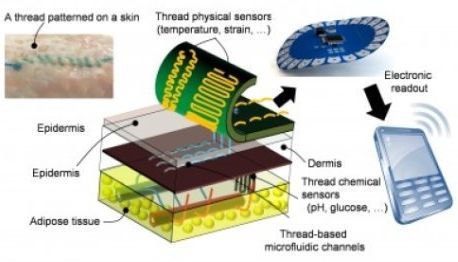A research team at the University of Washington has harnessed complex computational methods to design customized proteins that can self-assemble into 120-subunit “icosahedral” structures inside living cells—the biggest, self-booting, intracellular protein nanocages ever made. The breakthrough offers a potential solution to a pressing scientific challenge: how to safely and efficiently deliver to cells new and emerging biomedical treatments such as DNA vaccines and therapeutic interfering particles.
The work, funded by DARPA in a lead-up to the new INTERfering and Co-Evolving Prevention and Therapy (INTERCEPT) program, “opens the door to a new generation of genetically programmable protein-based molecular machines,” the researchers report in this week’s issue of the journal Science. The research paper is available here: http://ow.ly/LW8F302tOp3
Anyone familiar with the role-playing games Dungeons and Dragons and Munchkin need only picture the 20-sided die to understand what an organic, icosahedral cargo container looks like—symmetrical, triangle-shaped panels folded evenly on each side. Unlike a die that can be held in your hand, however, these creations are the size of small viruses and are designed to interact with cells in the same way viruses might—that is, by delivering their caged contents into a cell, albeit in this case with positive, customizable outcomes. Also, whereas dice are produced in molds on a factory assembly line, these nanocages build themselves inside cells, following with atomic precision instructions written in genetic code.
